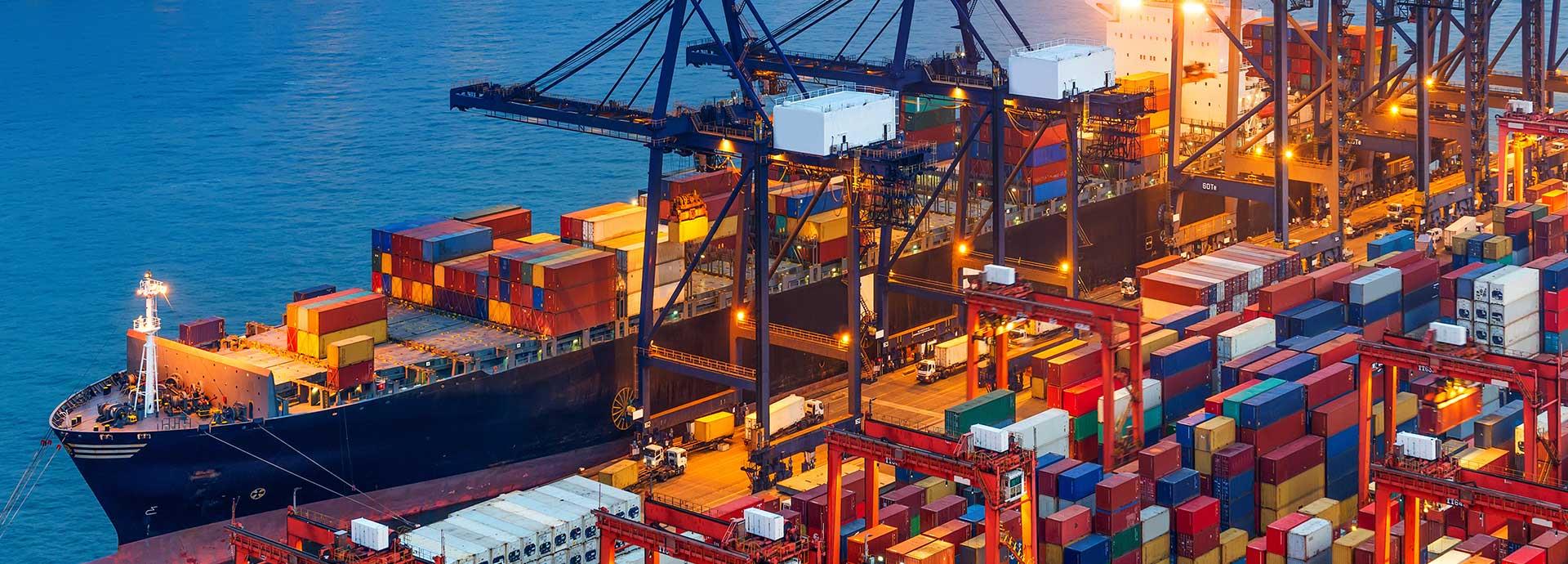Over time, the growth of a company is inevitable, but maintaining a successful international business is not easy and requires extensive planning. In addition to planning, there are investments to be made, budget calculations to be overseen, and international shipping laws to analyze and adhere to.
There are many successful international companies, and yours can be one too. To help you on your global expansion journey, we have compiled a list of five ways of expanding internationally revolving around international shipping and customs:
1. Collect Important Data For Your Shipping Strategy
Before starting to ship out your products, you must establish a clear cut and well thought out shipping strategy. Firstly, you need to have ample market data to support your shipping system. This means that you will have to analyze and find relevant statistics on shipping regions, average cost depending on the area, international laws and regulations, and more. Using this data, you can better understand which regions to expect the highest demand from depending on the customer base, how much people are willing to pay for shipping and product, and how the local laws of a particular country or territory affect your business.
Once you understand these basic things, your company will be able to develop an efficient and fool-proof strategy to support international shipping. For example, if you know that a certain part of the world has the highest demand for your product, and shipping costs for that region are low, your company can offer promotions like free or discounted shipping to help boost sales.
Creating a SWOT-strengths, weaknesses, opportunities, and threats- analysis is particularly helpful; doing this will help you create an accessible layout for your data and help you understand how to manipulate your shipping strategy to the company’s benefit.
2. Tailor Your Products To Suit The Local Market
Use the data you collected in step 1 to decide how to manipulate your product to fit in with the local market. All successful international businesses do this! For example, if you are shipping your product to Japan, you can offer specialized packaging that matches their local style. This can help boost sales. However, if you are shipping to Europe, you can provide more sophisticated print packaging or add-ons that are niche to that part of the world.
Understanding your target audience is vital; without knowing what your buyers want, how will you deliver efficiently? You must also find out if a particular area has a substantial demand for your product; not every product is suited to every part of the world. Knowing this will help you decide whether or not to ship to that country, or help you understand how to tailor your product to suit a particular market’s needs and hence boost your sales and number of products shipped.
3. Choose A Reliable Financial Partner
Unless your business is already the largest in your home country and has enough capital to sustain an international venture, you’ll need a financial partner to depend on. Find a partner that specializes in global expansion or already has experience selling on multiple platforms overseas. They should have a strong history and minimal corruption history.
In order to find a reliable financial partner, your firm will have to draft multiple proposal letters to the companies you wish to work with. A proposal essay can make or break your investment pitch, so make sure to hire an expert for it. You must be wondering and asking questions like, “who can write my essay?” “is there an essay writer free who can help with my essay?” So, consider hiring a professional writer from a reputable firm, like Edubirdie is a good idea. And the truth is that a free essay writer will not give you the same quality an expert, the paid writer can.
4. Develop An Ideal Shipping Structure
Once your products are tailored and ready for shipping, and your target countries are decided, it’s time for your firm to develop a logical shipping strategy. Decide on how you will be shipping products within each region. For example, is it wise to set up headquarters or your new factory in China if the majority of your customers are from the US? Or, should you work with a local shipping firm originating from your home country where your headquarters are, or from the location of production overseas? Asking such questions will help you analyze the situation and come up with an effective shipping strategy.
5. Capital Investment Analysis
Before committing to international shipping and launching your brand overseas, it is essential to analyze the cost estimate and your firm’s current and future budgets. This is the secret of many successful international companies. Expanding your company’s products across the world and into new territories requires a substantial investment. Your company will have to draw up estimates and decide whether or not expansion is valid according to each region.
After determining which territories to expand into, you must analyze the amount of investment required by each region. This includes things like marketing, HR, website hosting, customer service representatives, and shipping cost. Furthermore, your firm must understand the profit margin per region depending on international shipping taxes-which vary by region-and profit after currency conversion.
Don’t shy away from expanding your business internationally; it could be excellent for your company. However, be sure to conduct a full analysis before taking this great step and investing overseas.

